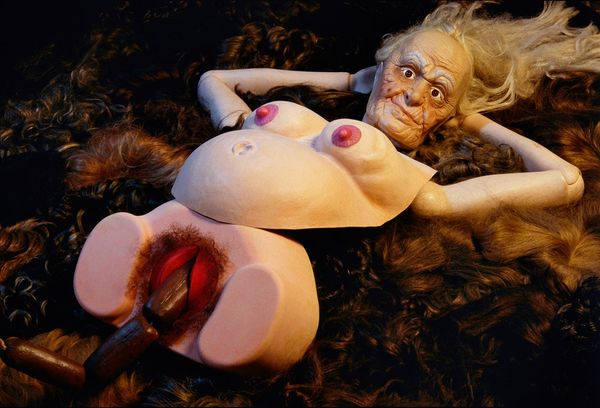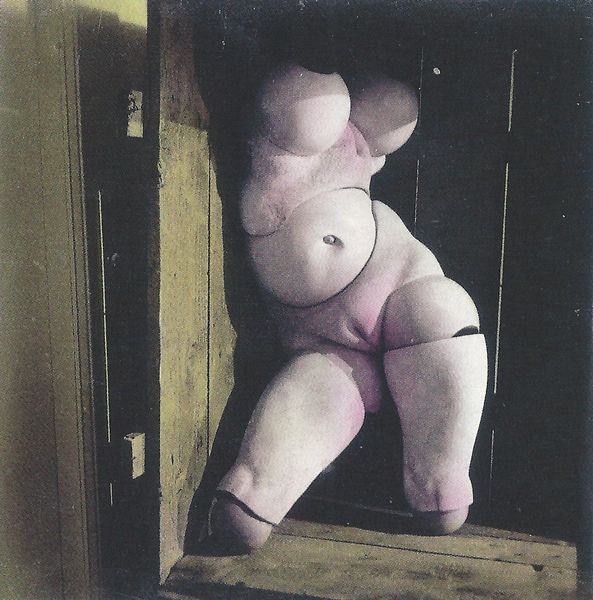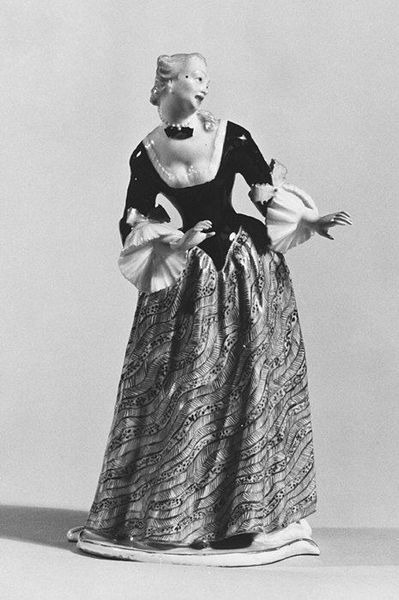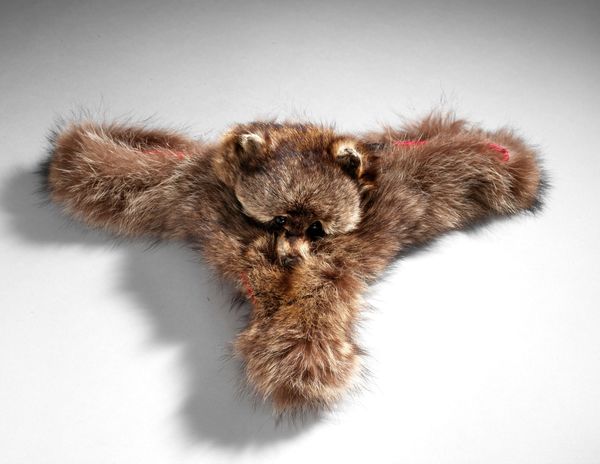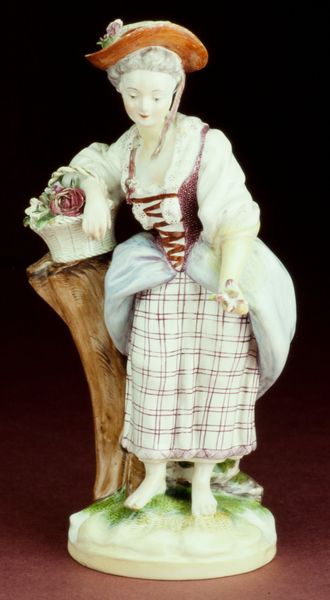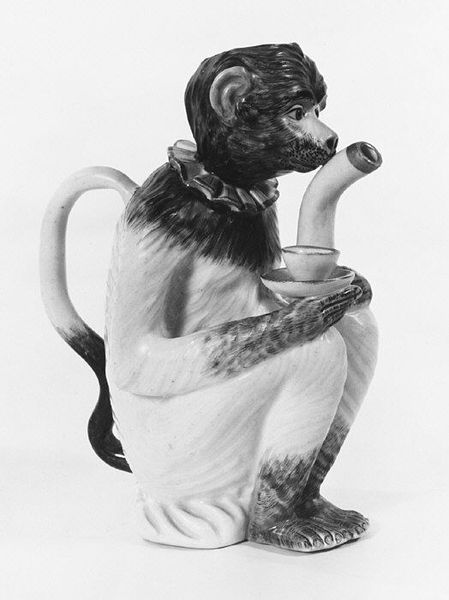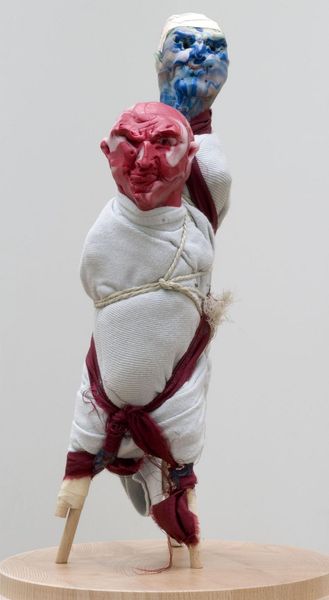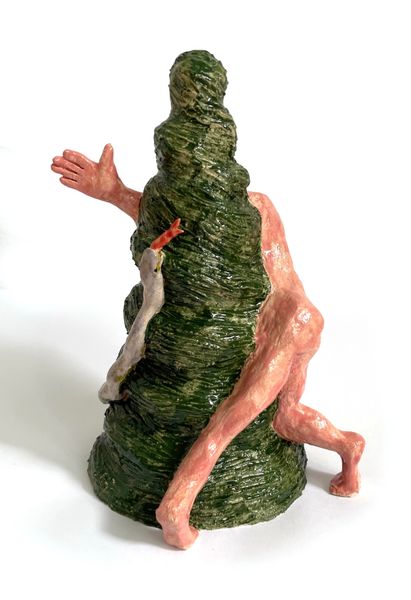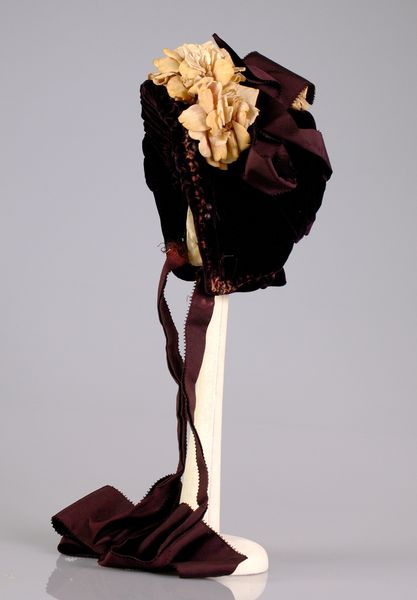
mixed-media, assemblage, sculpture
#
mixed-media
#
organic
#
assemblage
#
postmodernism
#
sculpture
#
sculpture
#
abstraction
Copyright: Alina Szapocznikow,Fair Use
Curator: Alina Szapocznikow’s “Hiver Doux a Malakoff,” created in 1973, presents an intriguing mixed-media sculpture. Editor: It’s undeniably unsettling. The amorphous form, with its coarse, pink fiber tightly wound, evokes a strange mix of the organic and the synthetic. Is it trying to be soft, or is that harsh texture a deliberate discomfort? Curator: Indeed, the materiality is crucial. The sculpture merges abstraction and organic shapes using unconventional materials. Think of the sociopolitical atmosphere of the early 70s, with movements exploring the body, gender, and material innovation. Szapocznikow engages those through her choice of textures and the ambiguous biomorphic forms. Editor: It’s like a mutation, really. The pink form has an undeniably corporeal quality, further heightened by the white fluff and pink bulbous shapes erupting from its top, that read like… well, like tumors or malformed organs. Is there a critique of idealized beauty standards embedded in this abject form? Curator: Certainly. The post-modernist spirit challenged the grand narratives, opening to themes previously excluded in fine art, such as mortality. Her sculpture speaks directly to that discourse. Szapocznikow's work is particularly marked by her experience with cancer, impacting her choice of organic representation to mirror the decay and fragility she understood intimately. Editor: It's interesting that you mention her battle with cancer. To think that she fashioned it around the same time that her physical condition started declining is both devastating and fascinating. That being said, I can now appreciate it even though the organic mass coated with a fiber wrapping still strikes me as a visual metaphor for bodily distress. Curator: Precisely, the layering of materials is key, visually and conceptually layering the body with its societal and medical treatment, it acts as both artistic interpretation and cultural statement. Editor: Looking closely, the roughness contrasts significantly with the smoothness associated with classic sculpture; her employment of this particular surface defies the conventions that often shape our relationship with art objects in public spaces. I might not adore this work but understanding it’s intent gives me a broader view of beauty altogether. Curator: And I appreciate the formal complexity with the dialogue of decay which allows “Hiver Doux a Malakoff” to challenge not only sculptural conventions but also sociocultural understanding of bodily acceptance within historical perspective.
Comments
No comments
Be the first to comment and join the conversation on the ultimate creative platform.
